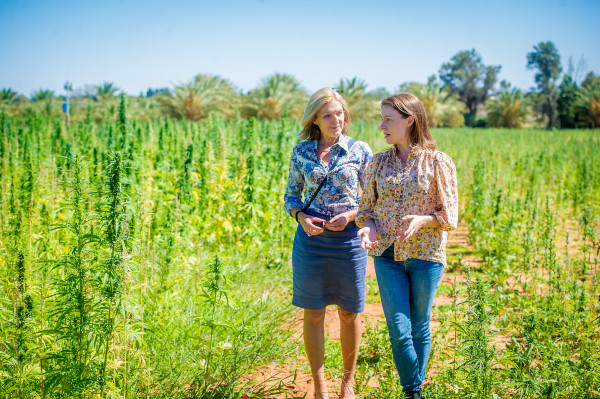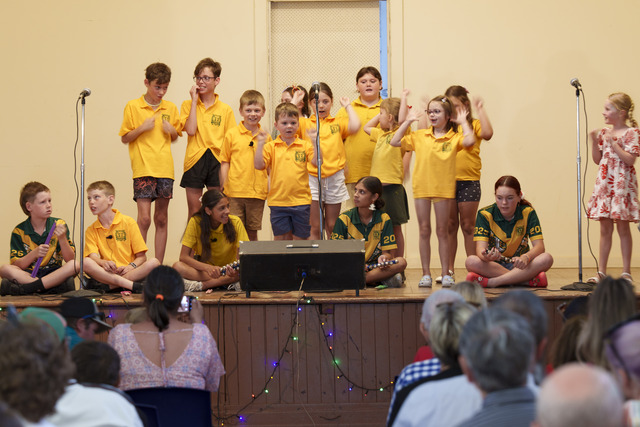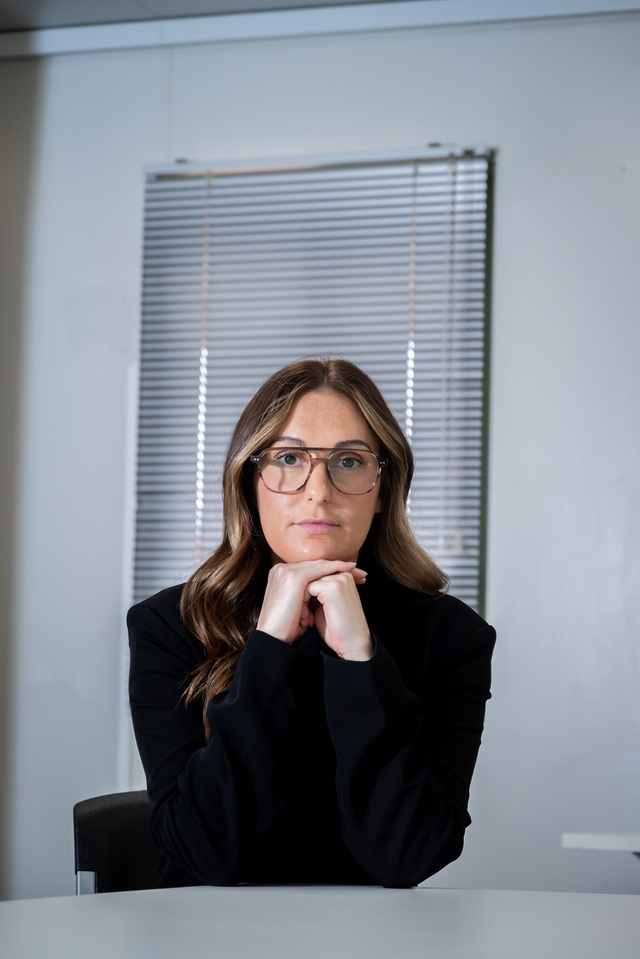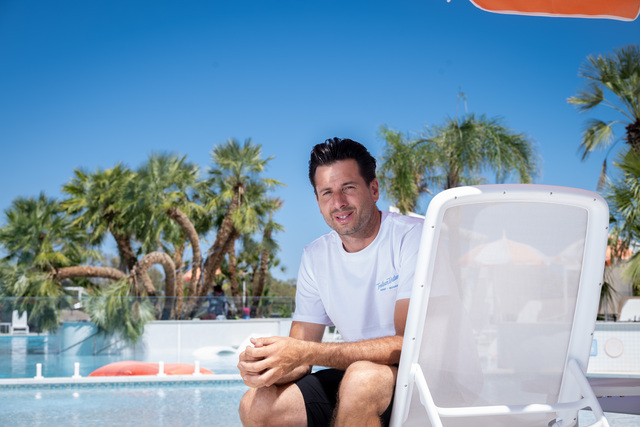JUST when will Australia follow the lead of more than a dozen American states in legalising cannabis for recreational use?
According to Fiona Patten, a key Victorian Upper House crossbencher, “it’s just a matter of time”.
“New Zealand is on the brink of doing it and you’ve got the whole west coast of America that has legalised it now, and Mexico and France are going down that path too,” she said during an inspection of an industrial hemp trial at SUNITafe’s Smart Farm in Cardross this week.
Ms Patten said Australia hadn’t approved the drug yet for recreational use because “we’re a prohibitionist nation”.
“And we still seem to think prohibition works,” she said. “But more and more people think it doesn’t now.”
Federal criminal laws prohibit the cultivation and possession of cannabis.
But in the Australian Capital Territory, there is a much more “progressive” approach to dope use.
New ACT laws around personal use of cannabis will come into effect on January 31, allowing adults to grow cannabis plants at home.
There will be a limit of two plants per person and four for a household. Each person will be allowed to be in possession of no more than 50 grams of dried cannabis. It is unclear, though, whether the strict, contradictory federal laws will be enforced in the ACT.
In the US, 15 states and three territories have approved measures to regulate cannabis for recreational use.
Additionally, 36 states and four territories in the US have now legalised cannabis for medical use.
The Australian Federal Government legalised access to medicinal cannabis in 2016.
There are now more than 100 different cannabis products available for doctors to prescribe.
Reason Party leader Fiona Patten says “we’re only just starting to discover the benefits (of cannabis) for medicinal use”.
“The cannabinoids that you can produce in this non-psycho active plant (in Cardross) will have enormous medical benefits as well,” she said.
“We need to get the government more involved in medical cannabis programs, and governments subsidising them.
“Medicinal cannabis is still out of the reach of the average Australian as it’s too expensive. We don’t want to be sending people to the grey market.”
North-west Victoria is now at the forefront of growing hemp for industrial purposes, following SUNITafe’s two-year arrangement with Australian Primary Hemp to run trials.
“This region has the perfect climate for this plant with the long sunlight hours,” said Ms Patten, who, along with Member for Mildura Ali Cupper, is a member of the Victorian Government’s industrial hemp taskforce.
“But there are still the regulatory barriers. Getting a licence is unnecessarily difficult to get.
“The regulations around how you harvest the plant and what parts of the plant you’re allowed to use for production could be simplified and that would really open the market.
“This (hemp) product, even though it has no psycho-active properties, is treated very differently to the wine plant that can have some psycho-active properties.”
She said the industrial hemp trial at Cardross would be “beneficial for the industry, not just in Victoria but nationally”.
“The seed industry itself is taking off. And the use of hemp seed as an alternative protein and high-fibre food is really being developed,” she said.
“But when you look at other broader uses for hemp, the sky’s the limit.
“It can be used for building materials – and an acre of hemp that you see here can be used to build a house.”
She said the hemp industry could be potentially worth billions of dollars to the Australian economy.
“It just makes sense that we invest more money in further developing this product given the huge economic benefits,” Ms Patten said.
“Hempcrete is becoming more widespread. It also has the value that it keeps pulling in carbon dioxide as it cures.
“And so it’s a really environmentally sound product and is incredibly cheap.
“(Hemp) is an incredibly strong fibre – stronger than just about every other fibre we produce in Australia.”








